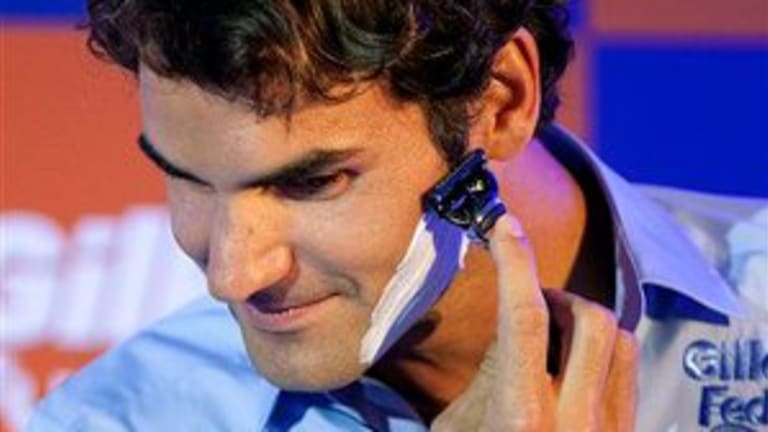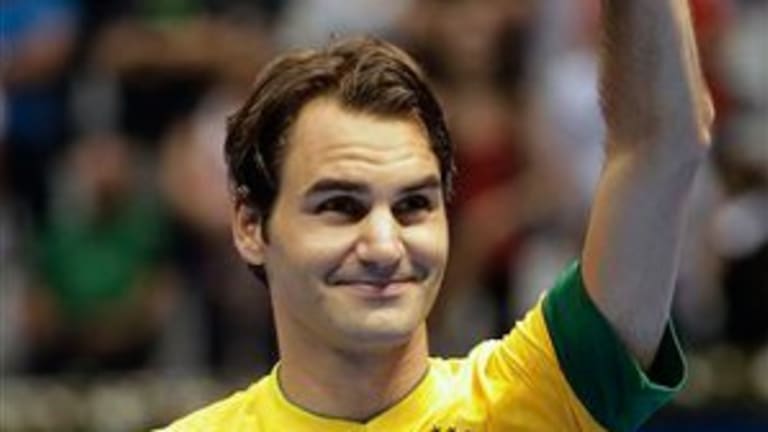If we didn’t know better, we might be tempted to think that the off-season in tennis is too short. How else can you explain why Roger Federer is in the midst of a lengthy, six-match exhibition tour of South America (it started on Dec. 6 and ends on the 15th)?
And then there was Rafael Nadal’s breathless declaration on Twitter and Facebook that he’s just dying to hit the courts before the end of the year, as one of the elite players (including Novak Djokovic and Andy Murray) taking part in the six-man exhibition in Abu Dhabi.
Here’s Rafa’s quote from social media: <em>“I won the Mubadala World Tennis Championship in 2010 and 2011 - would love to get my hands on the trophy again this year!”</em>
Yes, tennis’ brief “second season” is upon us—don’t blink, or you may miss it—which means that you can take everything you hear or read, including those theoretically truth-telling score lines, with a grain of salt the size of a bean bag.
Don’t get me wrong, though, I’m not anti-exhibition. In fact, for many years now, my mantra has been that the game in general would be better served with a shorter “season,” which would allow for players to take comfortable exhibition tours as a way to stay in shape as the year winds down. I don’t see how the game is hurt by productions like the USTA’s “Tennis Night in America” or Jim Courier’s PowerShares Series, both of which brought pro tennis back to New York City’s Madison Square Garden.
We could do a lot worse than a nine-city, Djokovic vs. Nadal (or Murray vs. Federer) tour that takes the game to places with no significant pro tournament (Chicago, anyone? Berlin? Toledo, Ohio. . . or Spain?). If the off-season is long enough, the boys might hanker for something a little more competitive—how about Nole vs. Rafa, five nights in five different cities, winner-take-all for a million a pop? The idea might be outrageous, but the numbers are not. Which is one reason exhibition tennis is still with us.
That kind of headline-generating program might be especially useful in nations where tennis seems to be in a relative tailspin, like the U.S. and Australia. But it can’t really be written in stone or promoted in advance these days because pretty soon it would sound too much like real, meaningful tennis.
Instead, we end up with events concocted by a temporary and not always obvious convergence of different interests, desires, and resources. Sometimes, it all works out for the best.
Take this current Roger and the All-Stars show, which is officially called the <em>Gillette Federer Tour</em>. Clearly, the company is hoping that some of those scruffy caballeros south of the border will be interested in trying a cleaner, neater look. It’s called expanding markets. But South America can be considered a (very slowly) expanding market for tennis, too. As Federer explained:
*“If you haven’t been to a place, you just don’t know as much as you should. You have to look it up, spend a lot of time with people who are from there. I’ve had obviously some experiences, but I guess not enough.
One of my big dreams was to hopefully play there one day. I knew through the normal schedule, it was going to be extremely hard to do. My only way to get to South America in some ways was to play an exhibition tour. I’m happy we’ve been able to accomplish that.”*

